Coffee holds a cherished place in Serbian culture, woven into the fabric of daily life. For many, the day simply doesn’t begin without its rich aroma and invigorating taste. From the first morning sip to the last evening chat, coffee accompanies Serbians through their day, a cherished ritual that brings people together and fuels conversations. Learn how to make Turkish coffee, Serbian style, and delve into this rich cultural experience.
Table of Contents
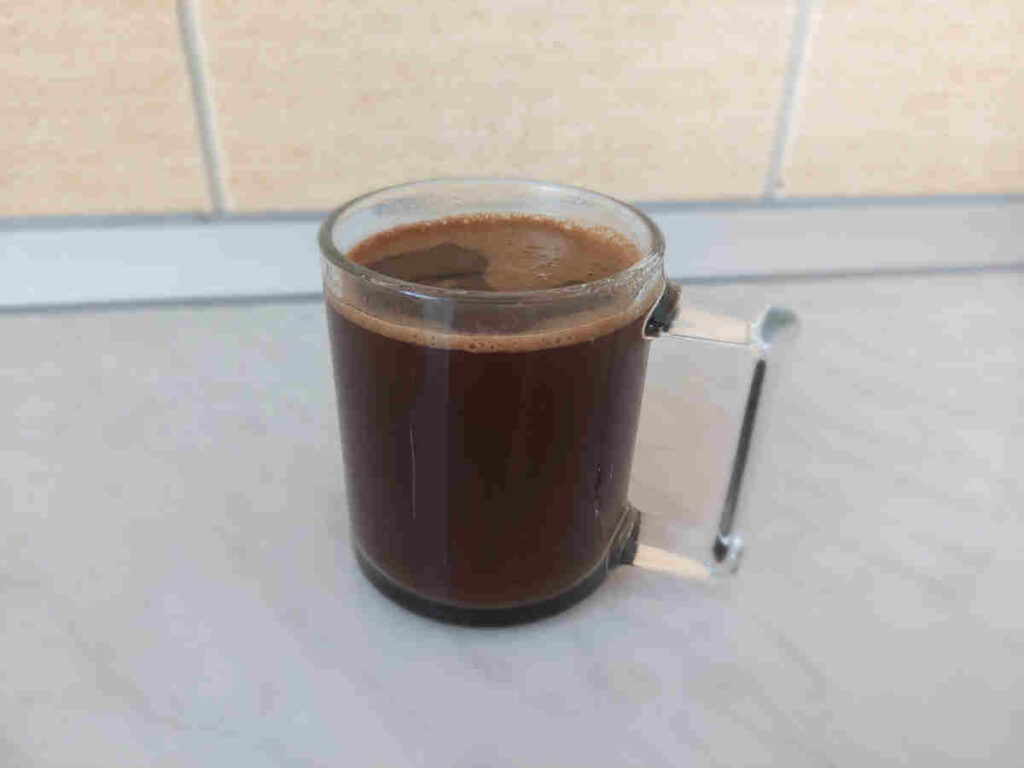
What You’ll Need To Make Turkish Coffee
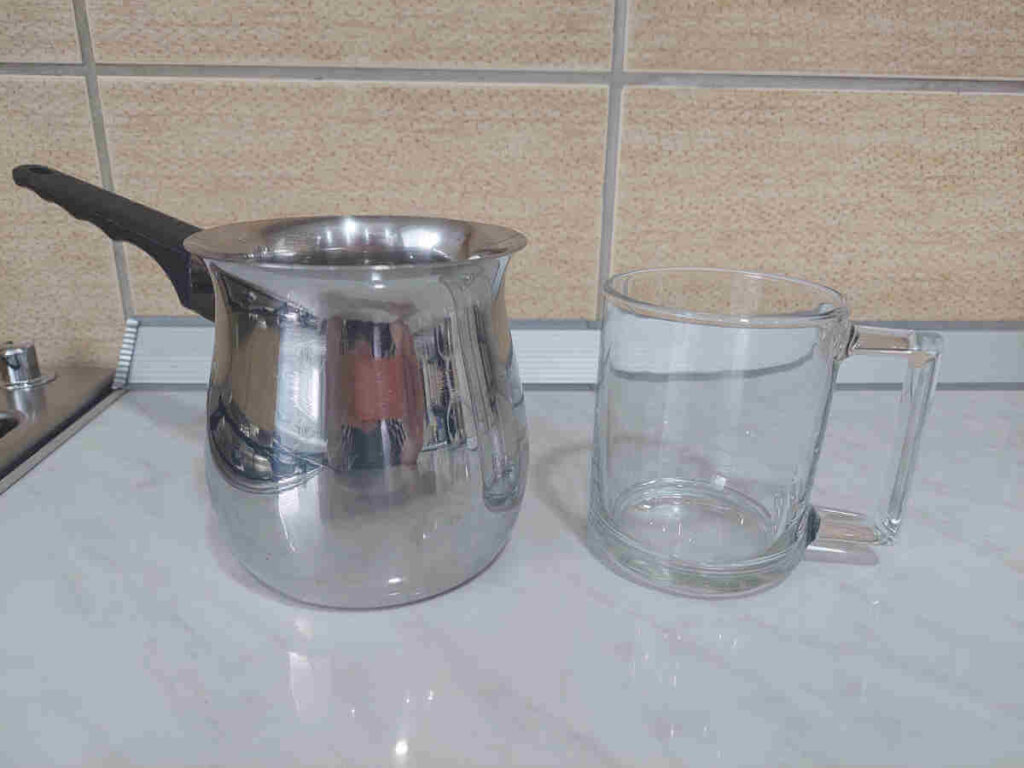
- Turkish coffee
- Turkish coffee pot (džezva), or any small pot
- Sugar (optional, for sweetness)
Preparing Turkish coffee is simple: you’ll need Turkish coffee, a pot (preferably a Turkish coffee pot, called a džezva), and sugar if you like your coffee sweet. For a more traditional touch, serve with Turkish delight as a sweet side.
How to Make Turkish Coffee: Step-by-Step Guide
- Pour water into the cup you plan to drink from; this will serve as your measuring cup.
- Transfer the water from the cup into the coffee pot.
- Place the coffee pot on the stove over high heat and bring the water to a boil.
- Once the water is boiling, remove the pot from the heat and add 1 to 2 generous teaspoons of Turkish coffee, depending on your preferred strength. Stir well.
- Return the coffee pot to the heat and allow the coffee to “lift” (foam up), which should only take a few seconds.
- Pour the coffee into your cup and savor the rich aroma and flavor.
- Optional: Add sugar to your taste preference and serve with Turkish delight on the saucer for a truly authentic experience.
Note: After drinking the coffee, a layer of sediment is left at the bottom of the cup, which you should discard.
About Turkish Coffee Pots & Cups
In Serbia, every household typically has a Turkish coffee pot (džezva), like the one used in the video, but if you don’t have one, don’t worry; you can use literally any pot. Traditionally, these pots were made from copper, but nowadays in Serbia, we use metal ones that are widely available in stores, such as Metalac, a brand known for its kitchen necessities like cooking pots.
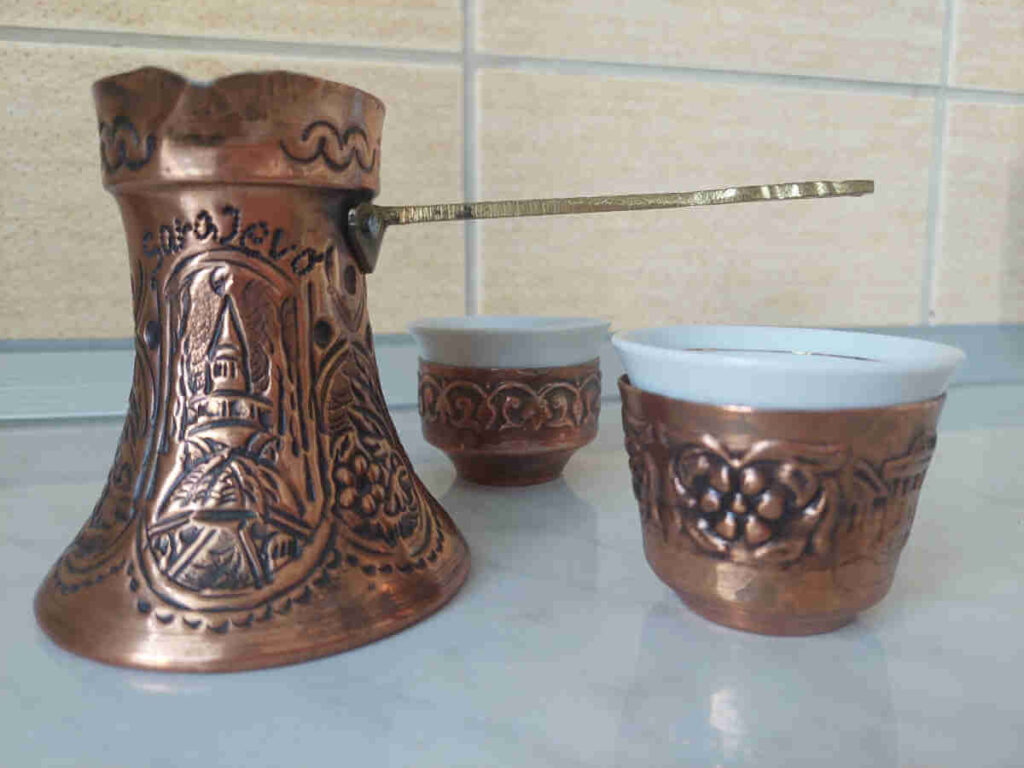
In the past, people drank coffee from tiny cups, but today, it’s more common to use larger cups. For beginners, I’d recommend starting with a small cup, or if you’re really getting into the experience, go for a medium size to fully appreciate the beauty of Serbian coffee culture.
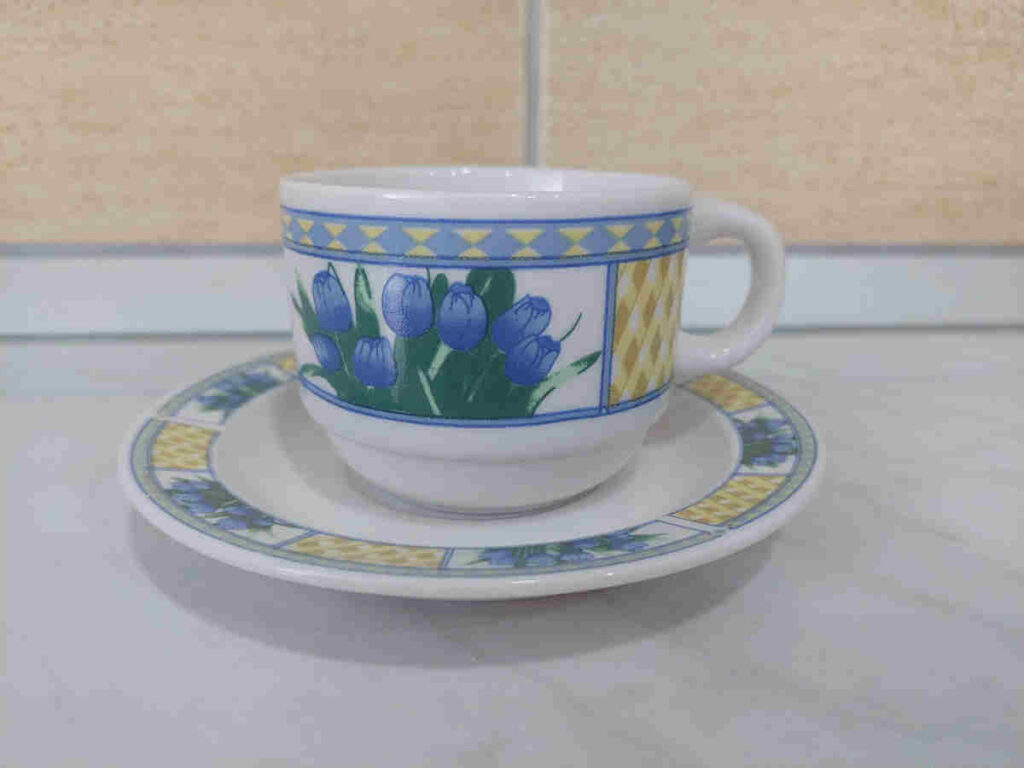
Coffee Culture in Serbia
Serbia boasts a vibrant coffee culture, with a particular fondness for what is commonly known as Turkish coffee. However, it’s also referred to as Serbian coffee, or domestic coffee. For reference, in Greece, it’s called Greek coffee.
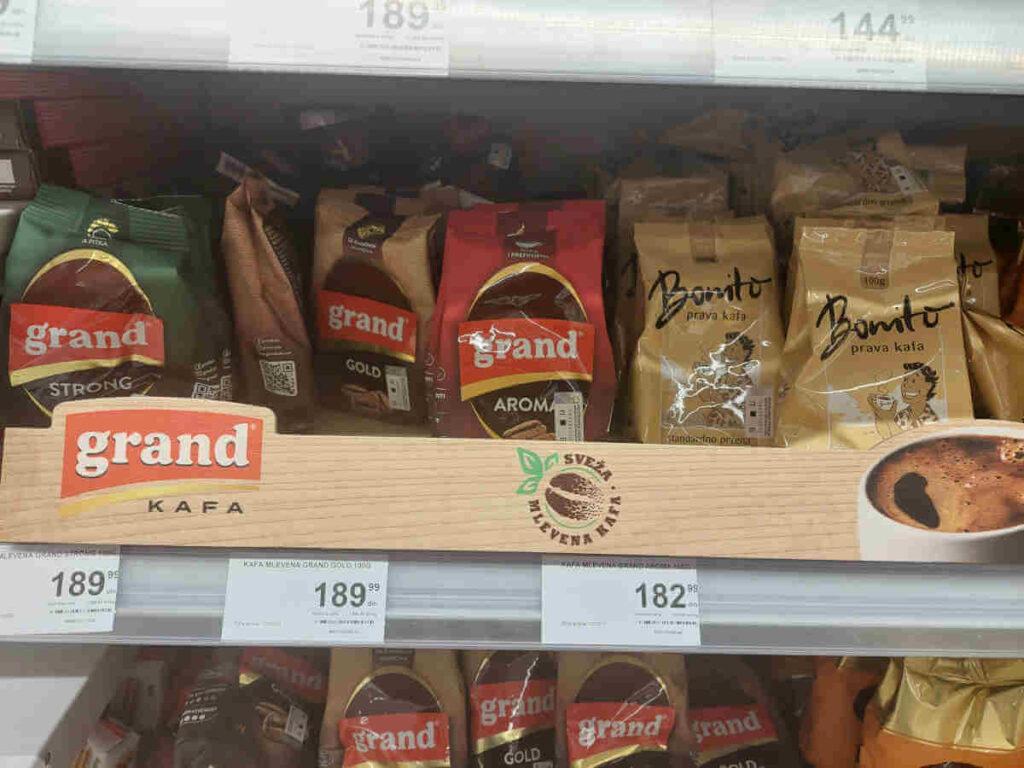
Interestingly, and disappointingly for me, in Belgrade and other major cities, it’s becoming increasingly rare to find cafes that serve Turkish coffee. About twenty years ago, bars began phasing out Turkish coffee from their menus for reasons that remain unclear. While cafes in villages and smaller towns still offer this traditional brew, it has become challenging to find in major cities like Belgrade and Novi Sad. However, despite the shift to espresso, cappuccino, Nescafe, and other modern options in cafes, Turkish coffee remains the favored choice for many Serbs when they brew at home.
Serbs have a deep love for coffee, and despite the increasing prevalence of coffee machines in households, the traditional method of brewing coffee remains prevalent. As a passionate coffee drinker myself, I sometimes enjoy a Nespresso or Nescafe at home, but nothing quite compares to the rich, aromatic experience of Turkish coffee, especially as the first coffee of the day.
Serbian Cafe Culture: A Tradition of Slow Enjoyment
One of the most striking aspects of Serbian culture for newcomers is the vibrant cafe scene. Unlike in many places, cafes in Serbia are bustling even during traditional working hours. Coffee holds a special place in Serbian culture, with locals embracing the art of slow consumption. Despite the prevalent use of espresso in Belgrade’s cafes, Serbians maintain their tradition of leisurely coffee drinking, which might seem at odds with the fast-paced nature of espresso.
A common social invitation among Serbians is to “go for a coffee.” This invitation doesn’t necessarily mean drinking coffee; it’s more about the experience of sitting down in a cafe for a long and often spirited conversation. While you can order other beverages like juice or tea, the invitation almost always revolves around the idea of enjoying a coffee together.
Where to Find Turkish Coffee in Serbia?
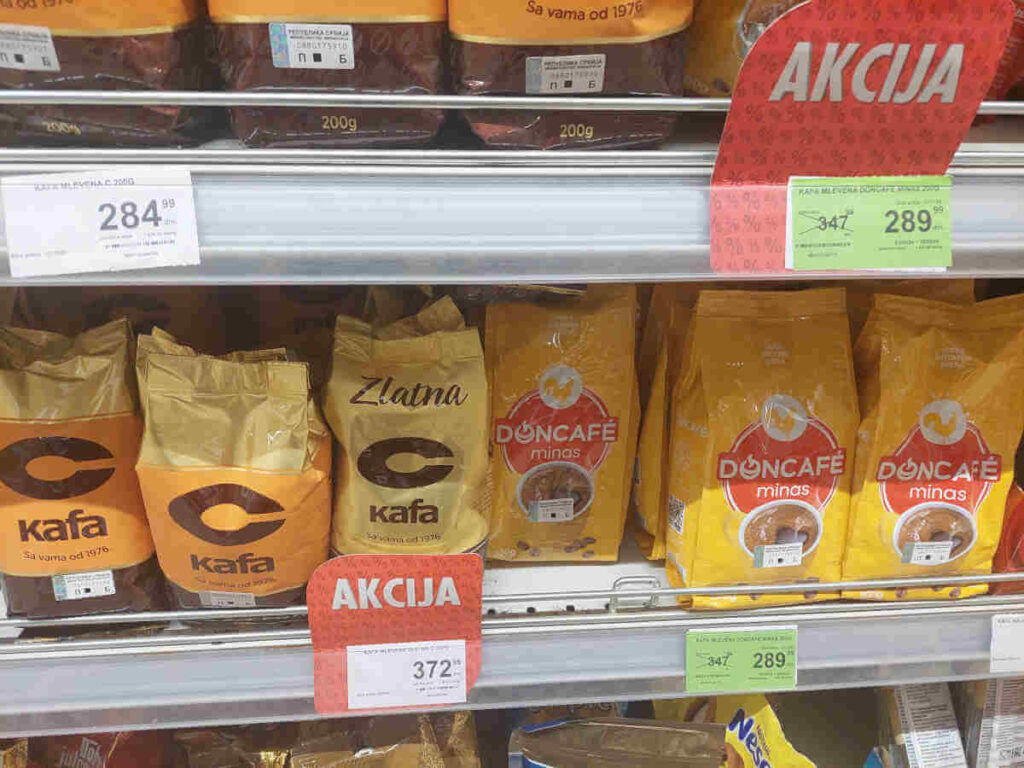
Turkish coffee is readily available in both large supermarkets and smaller local markets throughout Serbia. There’s a wide variety of brands to choose from, with some of the most popular being Grand, Doncafe, C kafa, Bonito, and Dobro jutro. Packages are typically 100g or 200g, although you can find both smaller and bigger sizes.
Conclusion
The rich tradition of Turkish coffee in Serbian culture is not just about the drink itself, but about the connections and conversations it fosters. Coffee remains a symbol of hospitality, friendship, and tradition in Serbia. As you savor the next cup of this aromatic brew, remember the centuries of history and tradition that have gone into each cherished sip.
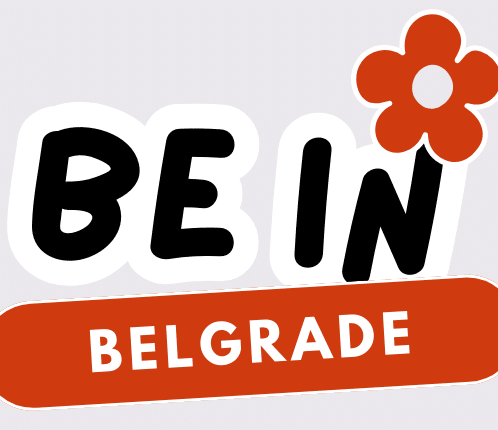
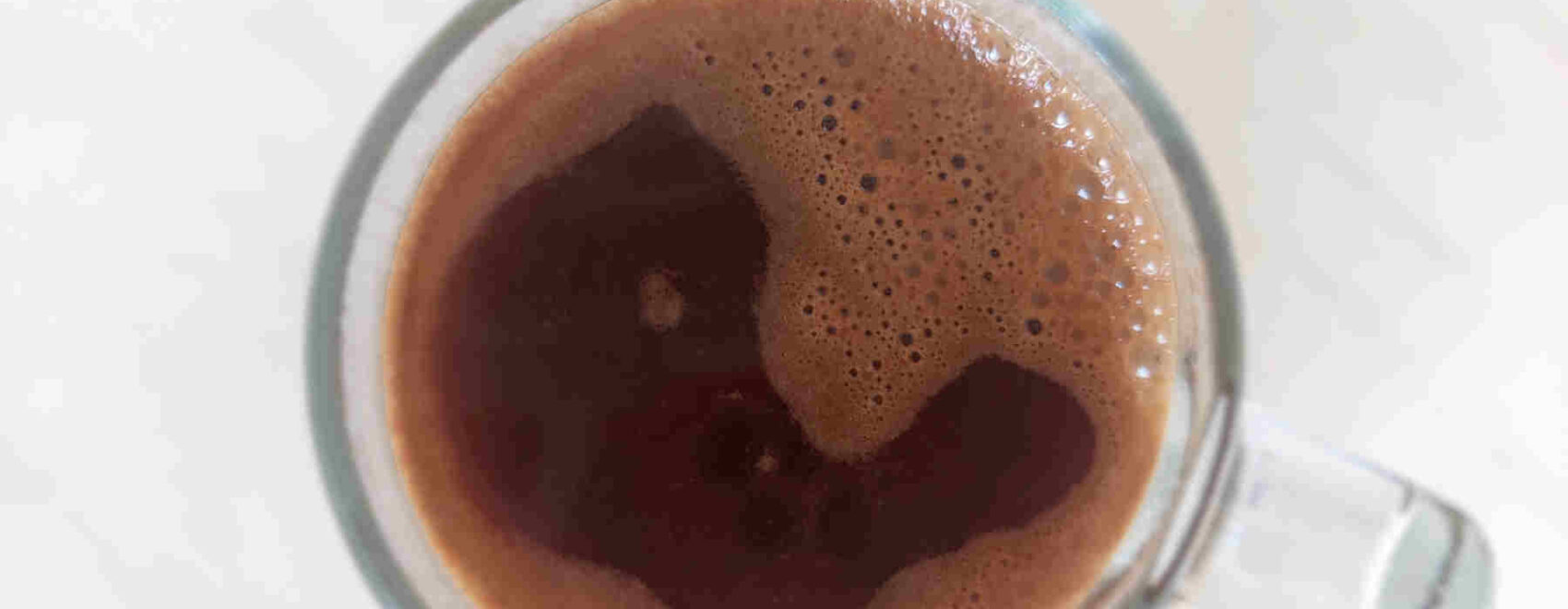
Каже се домаћ кафа. Homemade
I have always used the term “Turkish coffee”, but both terms are commonly used in Serbia to refer to the traditional style of coffee prepared in a small pot.